Written by Vishnu Varma in The Indian Express
On a recent morning, I stood at the boat jetty at Kottapuram on the outskirts of Kodungallur town in central Kerala gazing at the dark green waters of the Periyar that flowed listlessly before me. A couple of air-conditioned water taxis, painted in bright colours, glistened in the sun as they stood docked to the jetty, ready to spring to life any second. In the far distance, a concrete bridge, on which cars, buses and trucks could be seen scurrying like ants, connected two islands.
The serene setting that day, however, betrayed a topography that was wildly different more than three centuries ago. At and around the spot where I stood, it’s believed that a vibrant urban port by the name of Muziris, or Muciri, used to exist, frequented by merchants who sailed from far-off lands such as Greece, Rome, Persia, Arabia and China in search for spices and semi-precious stones.
Historical accounts of those including Pliny and early Sangam literature have indicated that Muziris was a thriving trading centre — an important halt on the Spice Route and a gateway for those fleeing persecuted lands. It is said that the port remained one of the busiest on the Malabar coast for a long time until a cataclysmic event, perhaps a cyclone, in 1341 sunk the port bringing irreversible changes to the geography of the region, particularly the Periyar river. The kings and queens that ruled over Kerala in subsequent years have been unsuccessful in building ports and harbours that matched the elegance and grandeur of Muziris.
Now, centuries later, an ambitious tourism-conservation project under the aegis of the Kerala government is attempting to revisit Muziris’ illustrious past and the cultural and religious amity it was once home to. The Muziris Heritage Project is the brainchild of finance minister TM Thomas Isaac, who grew up in the region around Kodungallur (erstwhile Cranganore), and aims to safeguard the cultural assets of a bygone era of the region including temples, synagogues, churches, mosques, museums, palaces and fort ruins. In the last decade, several of such sites have been brought back to life and assembled as part of curated tours for visitors.
Accompanied by a guide, I set off on a journey that transcends across different periods of time and revisits important junctures in the history of Kerala. While there are different travel options for visitors vis-a-vis land and water, I took the latter, settling myself into a water-taxi.
The water-taxi started off by gently gliding through the waters, picking up speed in the middle as it cruised past Chinese fishing nets and men in wooden canoes. The journey offers visitors a beautiful sketch of the quintessential Kerala countryside centered around fishing. On one side, caged fish farming is being practiced with local varieties such as pearl spot, bluefin trevally and red snapper. Houses, on either banks, are painted in bright colours. A little ahead, fishing boats of varying sizes are docked. These are the ones that go to sea and their livery give a sense of which state they belong to.
“Blue is for the ones registered in Kerala, green for Tamil Nadu and red for Karnataka,” our boat captain informs us. The bigger boats go out to sea for two weeks at a time while the smaller ones come back after an overnight journey. There’s also a smattering of ice processing plants and boat-building and repairing units on both sides of the river: an entire industry built upon fishing. A little ahead, the boat captain slows down, pointing to the Chinese fishing nets which are now scattered across the expanse river. The channels around the nets are narrow and he has to be extremely careful to guide the boat through them without crashing against the nets. Soon we leave the main waterway to turn into a much smaller canal that brings us to our first stop: the Paravur jetty and the adjoining Paravur synagogue.
An ode to Kerala’s Jewish history
The tolerant and benevolent nature of the Chera kings of erstwhile Cranganore is reflected heavily in the multi-ethnic society consisting of Jews, Christians and Muslims alongside Hindus in those times. The early Jewish settlers, whose roots purportedly date back to the time of King Solomon, were rewarded with land by the Chera kings to establish synagogues and the one at Paravur is Kerala’s oldest one.
A two-minute walk from the Paravur jetty, the synagogue here is Kerala’s oldest and one of the few surviving structures. Built in 1615, the building is a fascinating confluence of Jewish traditions and Kerala style of architecture. The presence of a ‘padippura’ (gateway) and a large courtyard are testament to that. “A small door has been carved out of a bigger gate so that those entering would have to bow their heads down signifying respect to God and the place of worship,” our guide Vipin explains.
Its roof crafted out of teak wood and the structure resting on giant pillars, the Jewish temple is unique for its separate stairway for women that leads them directly to the upper gallery. The chandeliers and other decorative pieces have long been stolen, but extensive restorative works have been carried out inside. The temple had fallen into disrepair in the early 50s when the last of the Jews left the region for Israel as part of Aliyah.
Osnat Kalati, who had flown down from Israel to visit the synagogue that was once a place of worship for her parents, said it was a surreal feeling to come back to her roots. “My parents were born here and lived here until 1954. Three of my siblings were born here as well, but I was conceived in Israel,” she said.
The birthplace of Sahodaran Ayyappan
We get back to the boat to sail to our next stop, the birthplace of social reformer and thinker Sahodaran Ayyappan. This is an important halt in examining the state’s 19th century renaissance movements that brought in progressive social reforms and, in particular, paying obeisance to a man who ripped apart caste inequalities with his actions.
Ayyappan was born in August 1989 into an Ezhava (OBC) family of Ayurvedic physicians in Cherai near Kochi. Spurred by his association with eminent thinkers like Sree Narayana Guru and Kumaran Asan, Ayyappan was a vocal opponent of the caste system and laid the foundation for the ‘Sahodara Sangham’ (Brotherhood Association). In 1917, he proposed the idea of ‘misrabhojanam’ (a feast where people of all castes dine together), a revolutionary idea at that time, and conducted it at the home of his nephew. While the upper castes and even his own community of Ezhavas vociferously attacked him for dining with the ‘untouchables’, it earned him the moniker of Sahodaran Ayyappan (Brother Ayyappan) and fired of social equality into the minds of the masses.
A small thatched hut, renovated and rebuilt over time, where Ayyappan was born, stands as a testimony to his position in the pantheon of Kerala’s social reformers. The hut is a ‘moonu-kettu’ (three-faced) as Ezhavas in those times were not allowed to build houses bigger than that. A sculpture stands on one side of the hut, similar to The Last Supper, showing a bunch of people belonging to different castes taking part in the ‘misrabhojanam’. There’s also a digital library and facilities for a writers’ residency for those aspiring to study and research the life of Ayyappan.
Cranganore’s military prowess
By the time we leave Ayyappan’s museum, the sun is directly over us, forcing us to break for lunch. The boat glides towards Munambam, one of Kochi’s major harbours, and the mouth of the Arabian Sea where the waves are rough before taking a turn back toward the Kottappuram jetty where we started off. If one is lucky, dolphins can be seen leaping through the waters, our guide informs us.
The restaurants, particularly The Portuguese, beside the Kottappuram jetty, offer authentic local Kerala cuisine for tourists. After a sumptuous meal of roti with tawa-fried pearl spot fish and bird’s eye chilli chicken washed down with some pomegranate juice, we set off for the third stop of the tour — the remains of what was once a sturdy and magnificent military fortress.
The Kottappuram fort, standing at the mouth of the Periyar, was built by the Portuguese in 1523 before it was captured by the Dutch, dismantled and rebuilt in 1663. The fort, that offered breathtaking views of the river and the sea beyond, was a precious asset for colonial powers and regional kingdoms to monitor enemy ships.
“The fort once comprised of six small churches, a cathedral, military camps, granaries and workshops over a 10.5 acre land. According to records, the fort was purchased by the Travancore kings in 1789 from the Dutch at an estimated sum of Rs three lakhs. But later, during Tipu Sultan’s conquest, the fort, under the leadership of an English officer, was said to have been emptied and demolished completely to prevent the former’s advance,” said Lalji, a staff of the state archeological department which maintains the site.
Parts of the fort have been dug out in recent excavations of the archeological department, offering fascinating glimpses into the life of the people of the bygone era. Pearls, coins, plates, canon parts, iron and glass objects were also dug out. In a rare and significant finding in 2010, remains of a skeleton dating back to 1540-1550 were also uncovered and was subsequently stored in a box at the site. “It was found to be that of a man below the age of 20. His left hand was missing,” Lalji added.
The feudal chieftains of Paliam
The final destination of our journey ends at the imposing household-turned-museum of the Paliath family, who ruled as the hereditary prime ministers of the kingdom of Cochin between the 17th and 19th centuries and second only to the Maharaja. A five-minute walk from the jetty at Chendamangalam, located on a rivulet of the Periyar, the Paliam ‘nalukettu’ (four-faced household) and the Paliam Kovilakam have been transformed into museums under the heritage project and offer a snapshot of the once-grand lives of the members of the feudal family.
Chendamangalam was said to be a wasteland before the Paliath family arrived from the Malabar. With their arrival, development began trickling in. The origins of the stone-work, gold-work and handloom industries in Chendamangalam today are all rooted to the family.
It has also played a pivotal role in the battles that the Cochin kingdom fought with colonial powers and with other local rival armies. During the conquest of Hyder Ali in 1776, the then chief of the family was able to eke out a treaty between him and the Cochin king that kept truce between the two powers.
The meteoric rise of the family, after being endowed with land grants and the title of prime-ministership by the king of Cochin, led to the popular adage ‘kochiyil pathi paliyam’ (Paliyam owns half of Kochi). While the male members of the family, including the head, resided in a two-storey official residence which was gifted by the Dutch, the female members stayed in a separate adjoining household. Both of these structures are fascinating architectural wonders, crafted out of the finest teak wood and replete with luxurious facilities.
“The household, restricted to women and children of the family, is about 234 years old. Each wing of the house has specific uses. For example, the east wing is primarily used for functions such as births, marriages and even deaths. In the west wing, we can see a locker which contained all the valuables. Underneath the locker, it’s said that a tunnel begins, leading up to Kottayil Kovilakom, a nearby household,” Rakhi, a guide, explains.
Today, the museums at Paliam reflect and celebrate local history, folklore and architecture of the region. Officials of the heritage project say there’s enough historical material in the Chendamangalam area alone to set up at least 29 museums dealing with religious, cultural and social aspects of the people and the feudal leaders that lived through the ages.
As the evening sun cast its glow on the village and the surrounding islets of the Periyar, I wrapped up my tour, with the sensation of having travelled through different time periods in a matter of hours. A journey through time indeed.
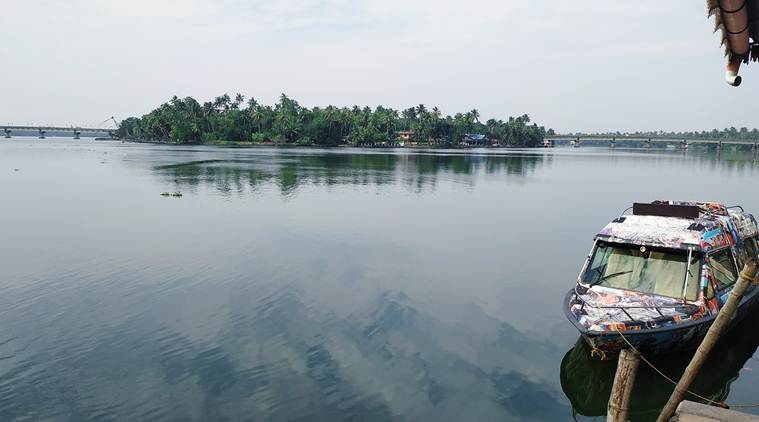
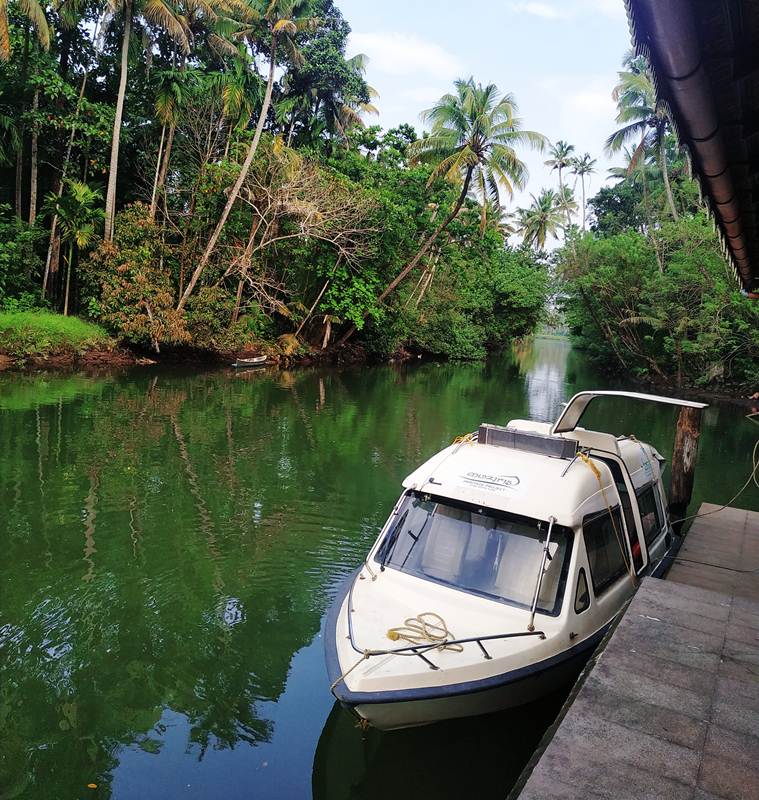

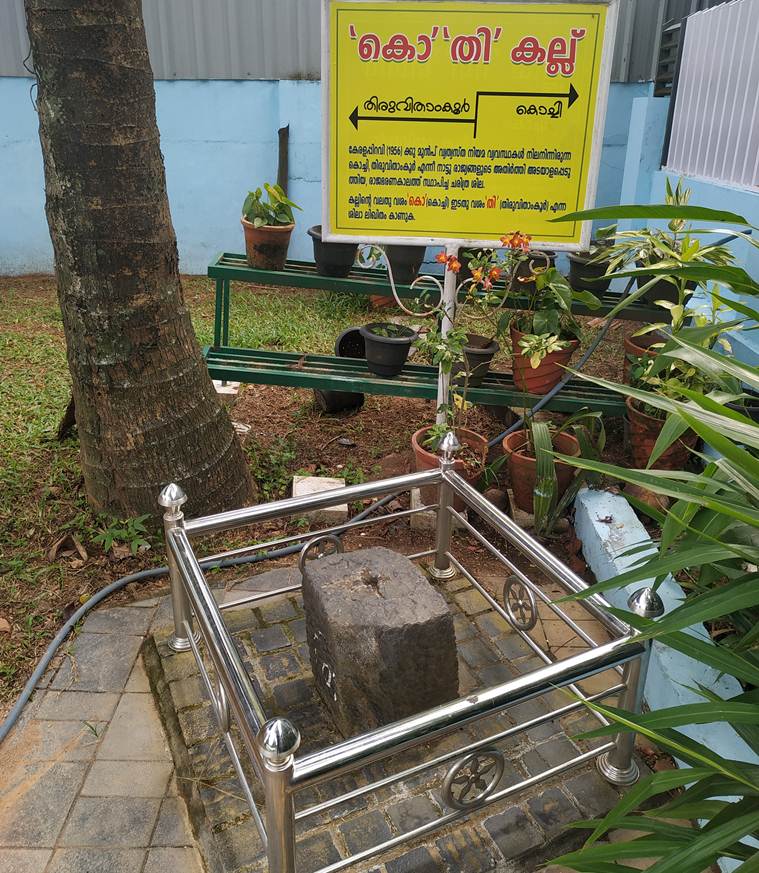

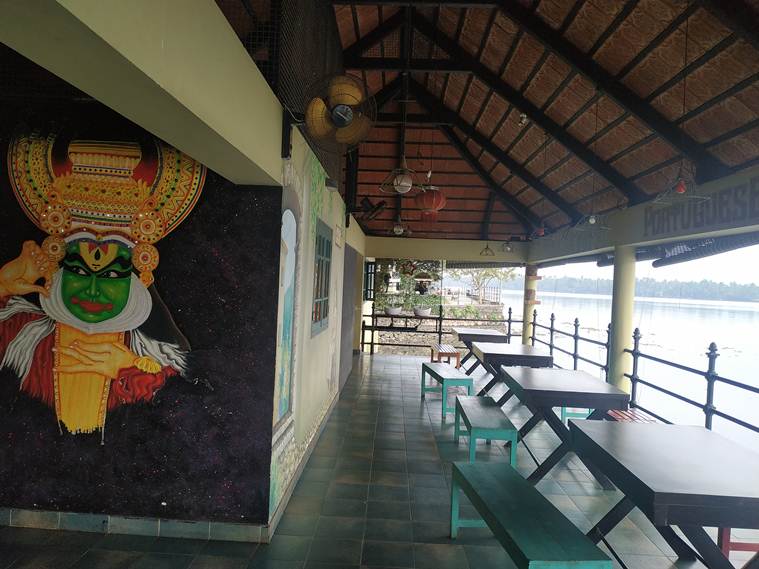
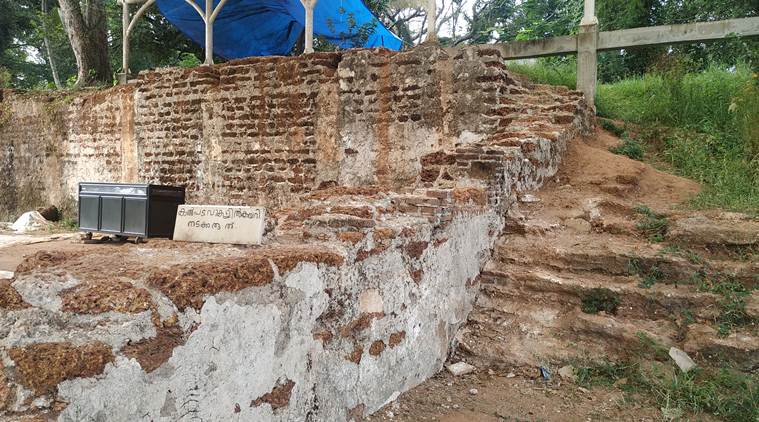
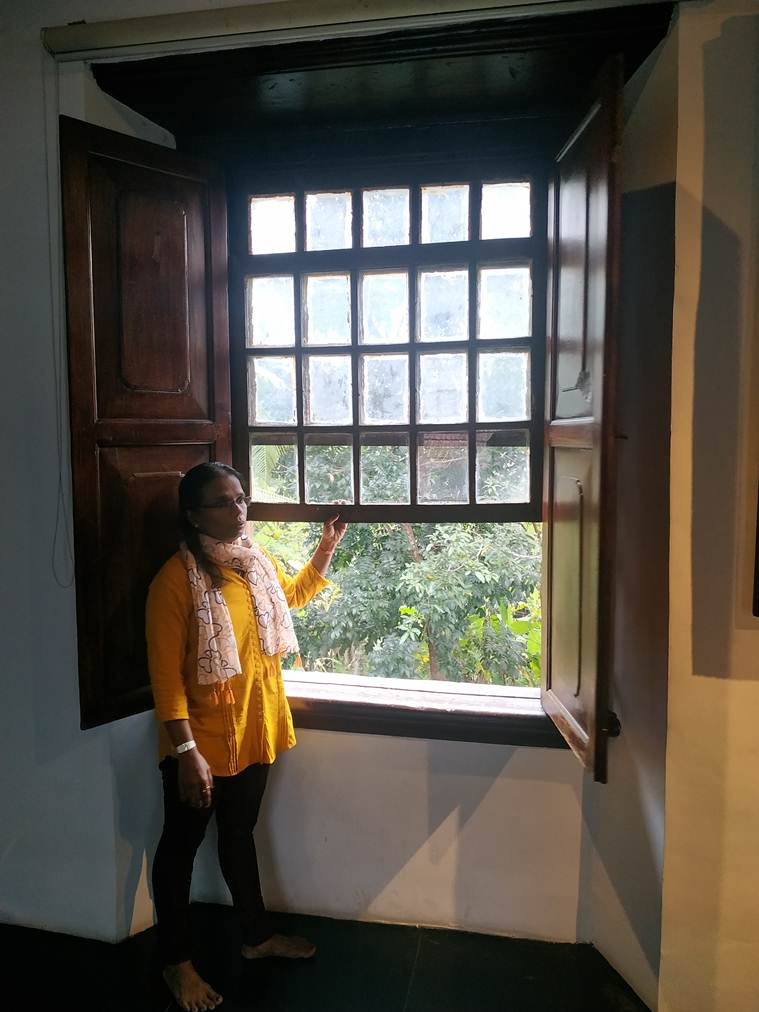
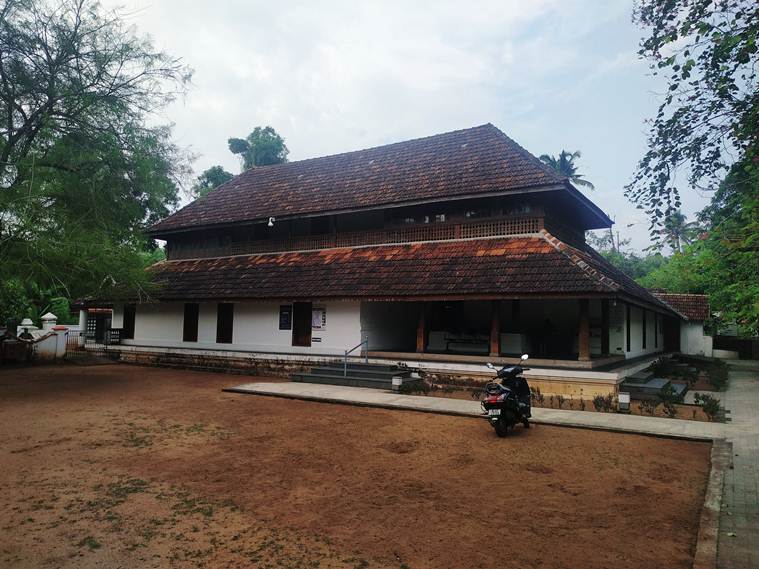
No comments:
Post a Comment